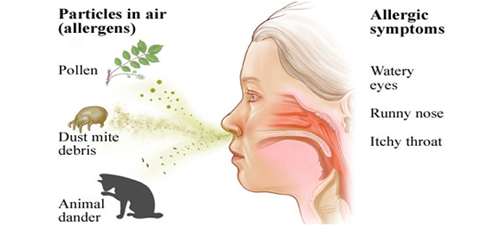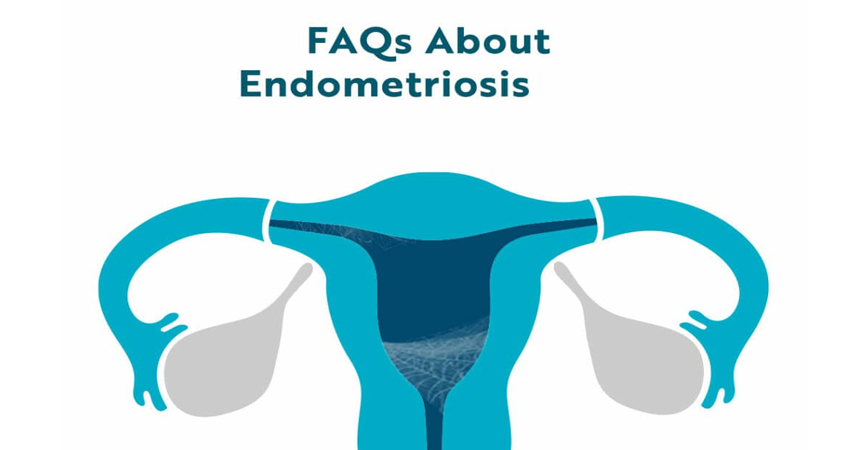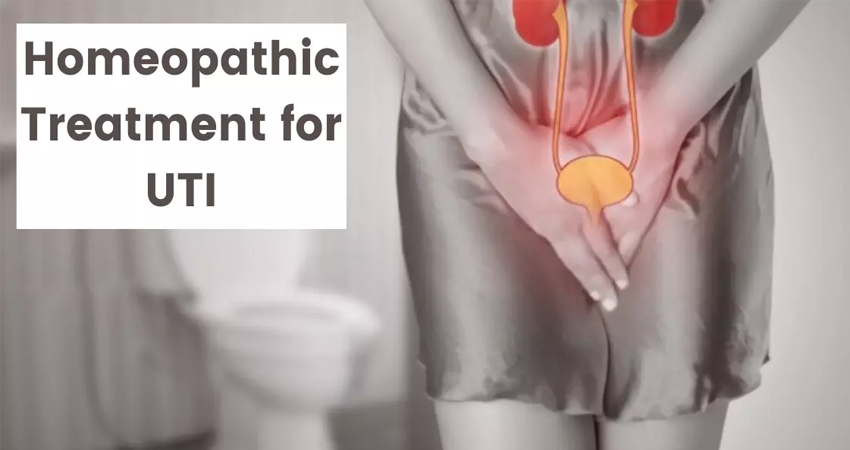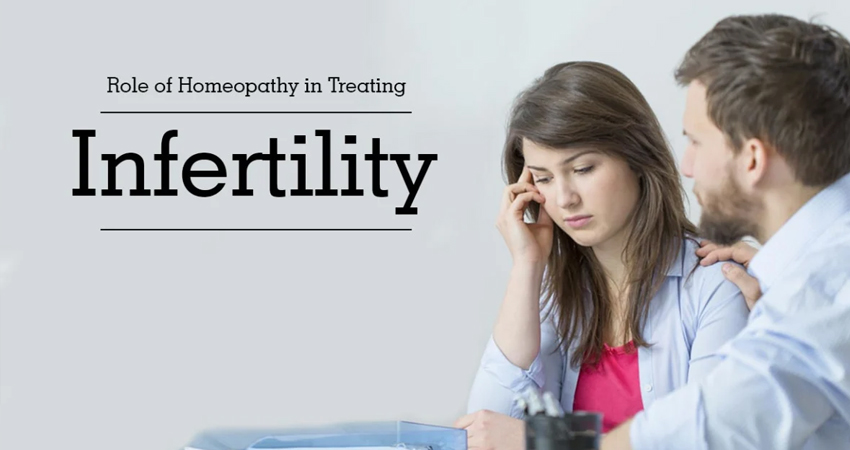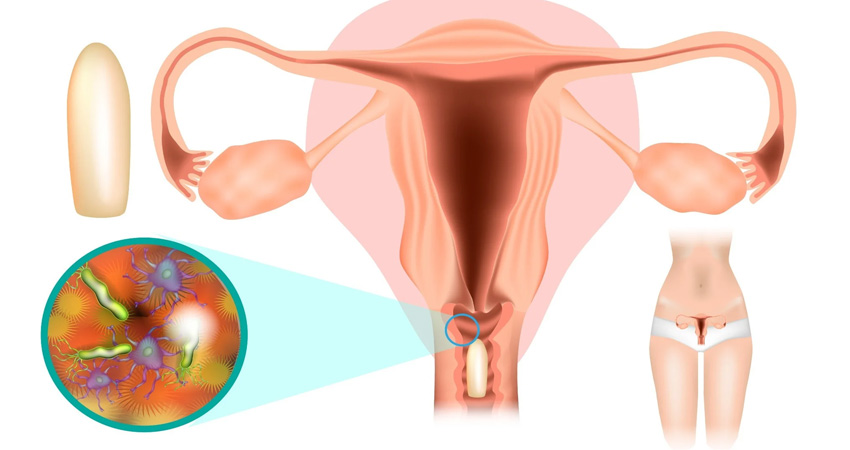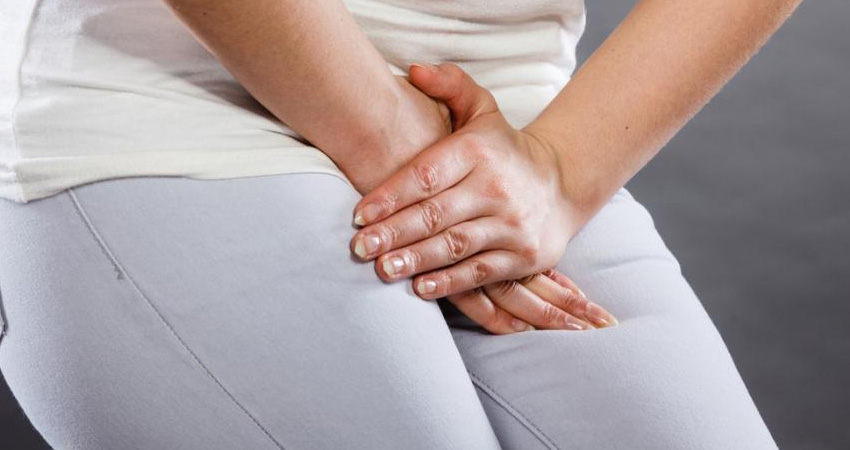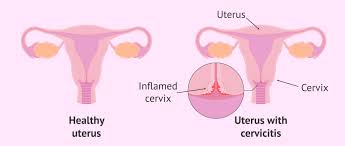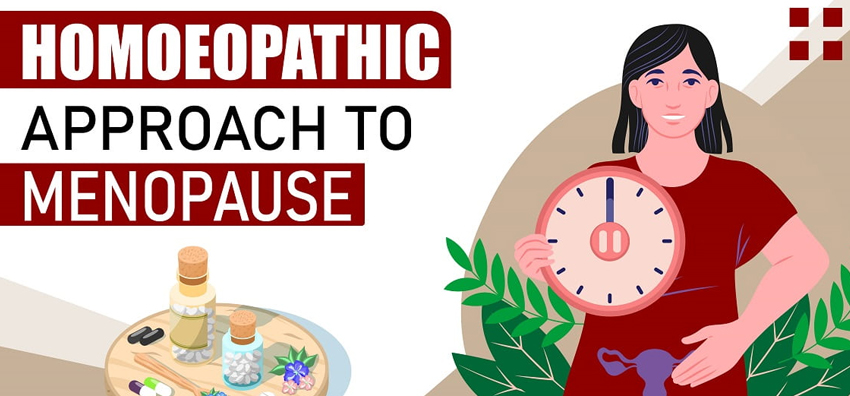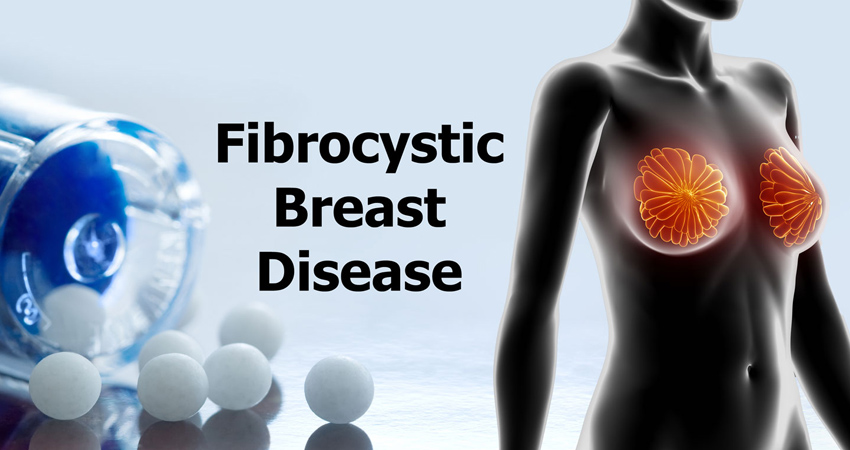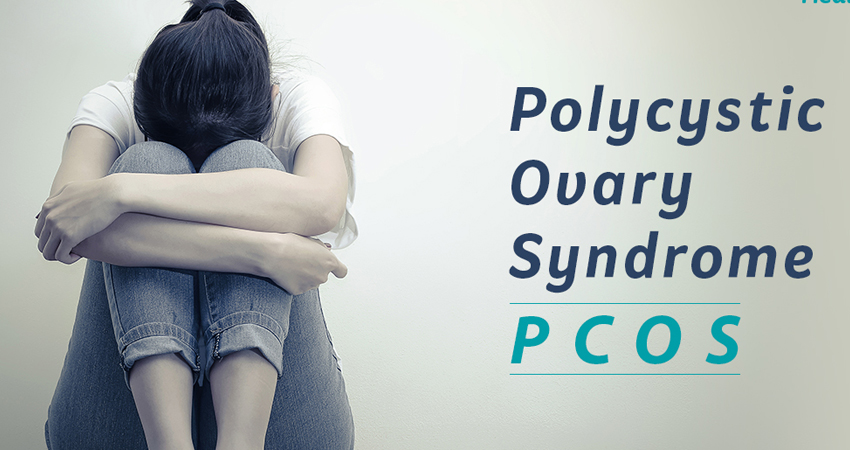BEST DOCTOR FOR ENDOMETRIOSIS TREATMENT IN NOIDA
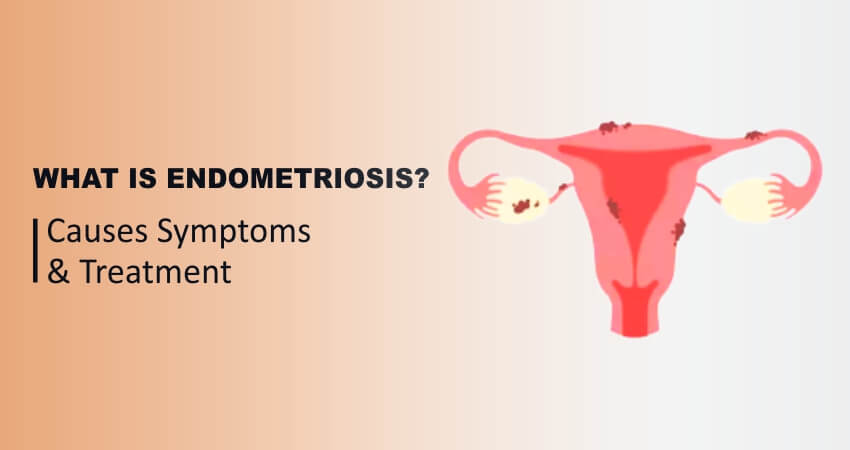
Endometriosis is a major concern for many women throughout the world. It's more than simply a medical phrase; it's a medical ailment that may have a significant influence on people's lives. If you want to explore more about endometriosis, then you have chosen the right blog.
Endometriosis is a disorder that affects many women on a daily basis. The signs and symptoms might be perplexing, but we'll explain them thoroughly. In this blog, we will look more closely at endometriosis and its diagnosis.
Endometriosis Facts and Statistics: Important Things You Should Know
One in ten women of reproductive age have the common disease endometriosis. It happens when uterine tissue like the lining spreads outside the uterus, leading to a number of unpleasant symptoms. These include problems getting pregnant as well as pelvic pain, painful periods, and sex discomfort. It's critical to be aware that each person may experience these symptoms differently.
It frequently takes 7 to 10 years after the onset of the initial symptoms before endometriosis is diagnosed. Those who must wait may find it quite difficult. Therefore, it is essential to raise awareness and comprehension of this illness.
Endometriosis can also make it difficult to have a baby, affecting 30-40% of women who have it. This adds to the emotional and physical strain they are already experiencing. There are medications and even surgery available.
What is Endometriosis?
Endometriosis is a condition when some special cells, kind of like the ones that make up the inside of the uterus, start growing in other parts of the body instead of just inside the uterus. This condition affects up to 10% of women aged 15 to 44.
It predominantly also affects reproductive organs such as the fallopian tubes, uterosacral ligaments, pelvic cavity lining, ovaries, the outer surface of the uterus, and the spaces between the uterus and adjacent organs like the rectum and bladder.
This condition often results in excruciating pain and can contribute to fertility problems. Timely diagnosis and appropriate management are essential to alleviate the suffering and enhance the well-being of those grappling with endometriosis.
Strangely, this tissue behaves similarly to the uterus lining during your period, swelling, degrading, and bleeding. This tissue cannot exit the body, in contrast to the actual uterus lining. Inflammation, pain, and other issues are brought on by this.
Different Types of Endometriosis
Endometriosis is a difficult condition that manifests differently depending on where it grows in the body. There are various types of endometriosis. Some of its most common types include:
- Superficial Endometriosis
In this specific type of endometriosis, tissue grows on the outside of pelvic organs. It usually doesn't cause many problems compared to other types.
- Deep Infiltrating Endometriosis
Endometrial tissue invades organs such as the bladder, intestines, and rectum. This can be quite uncomfortable and cause problems.
- Ovarian Endometriomas
Ovarian endometriomas are cysts that develop on the ovaries as a result of excess endometrial tissue.
- Adenomyosis
While not technically endometriosis, adenomyosis is a disorder in which endometrial tissue develops into the uterine muscle wall. This can cause heavy and painful periods and may be connected to endometriosis.
- Extrapelvic Endometriosis
Although most endometriosis occurs in the pelvis, the tissue can grow in remote locations such as the lungs or even the brain, but this is uncommon.
What are the Causes of Endometriosis?
Despite substantial investigation, the exact cause of endometriosis is unknown. . If you want to effectively manage the illness and get medical counsel if you think you might have endometriosis, you must be aware of these causes because the condition can lead to severe pain and issues with fertility. Several factors that are the causes of endometriosis include:
- Retrograde Menstruation
One prevalent theory posits that during menstruation, some menstrual blood flows backward into the pelvic cavity instead of exiting the body. This "retrograde" flow may cause the endometrial tissue to implant itself on organs within the pelvic region.
- Genetics
Given that women with a family history of endometriosis are more likely to acquire the disorder, genetic predisposition may be at play.
- Hormones
Unbalanced hormone levels may also be at fault. The female hormone estrogen appears to encourage the development of endometrial tissue. Early menstruation or shorter menstrual cycles are two factors that can raise estrogen levels and cause endometriosis.
What are the Symptoms of Endometriosis?
The list of signs and symptoms for endometriosis is extensive. Some of the most typical endometriosis symptoms, but their severity might differ from person to person:
- Pelvic Pain
Pelvic discomfort is a typical and persistent symptom of endometriosis.
- Painful Menstruation
Women with endometriosis frequently have more severe menstrual cramps than those who do not have the illness.
- Painful Intercourse
Pain during or after sexual intercourse is another common symptom, which can be upsetting for both parties.
- Irregular Bleeding
Some women may also experience particularly heavy or irregular menstrual cycles, which are frequently associated with substantial pain.
What are the Risk Factors for Endometriosis?
Endometriosis is associated with a number of risk factors. You may be at a higher risk if your family has a history of endometriosis, you have short or heavy periods, or you began menstruation at an early age.
According to certain research, being slim or having little body fat may increase your risk, but pregnancy, giving birth early in life, or using long-term birth control techniques that suppress menstruation may reduce your risk. Certain factors that increase a woman's susceptibility to developing endometriosis are:
- Menstrual Cycle History
Having short menstrual cycles or starting menstruation early may increase the risk of getting endometriosis.
- Never Having Given Birth
Women who have never given birth are more vulnerable.
- Medical Conditions
Endometriosis risk may also be increased by uterine anomalies or a low body mass index (BMI).
- Age
Though it may happen at any age, endometriosis is most frequently diagnosed in women in their 30s and 40s. Age has a tendency to enhance the danger.
- Lifestyle
Some lifestyle choices, like drinking alcohol excessively, consuming too much caffeine, and having a diet lacking in fruits and vegetables, might be connected to a higher risk of developing endometriosis.
Different Endometriosis Related Diseases
Endometriosis isn't just a standalone condition; it can bring about other health issues. Some of its most common complications include:
- Infertility
One of the most upsetting symptoms of endometriosis is inability to conceive owing to scar tissue and inflammation in the pelvic region.
- Ovarian Cysts
Endometriomas are cysts that form on the ovaries due to the growth of endometrial tissue. These can extensively cause fertility problems and severe pain.
- Adenomyosis
Adenomyosis is a unique condition in which endometrial tissue grows into the uterine muscle. This further results in acute discomfort and heavy bleeding.
- Pelvic Inflammatory Disease (PID)
PID, an uncomfortable infection of the reproductive organs, is more likely to occur in people with endometriosis. Ignoring it might result in long-term issues.
How Exactly Is Endometriosis Diagnosed?
Endometriosis diagnosis requires a lot of steps, and your doctor will take them all. In the beginning, your symptoms, menstrual cycles, and family medical history will all be discussed. This could provide them with vital information about your situation.
A physical examination will then be performed by your medical practitioner. During this examination, they will look for any unusual or painful spots in your pelvic area. This practical evaluation may provide useful information.
While imaging tests such as ultrasounds are used on occasion, they do not always provide a precise endometriosis diagnosis. Laparoscopic surgery is the most effective method of diagnosing the condition. During this minimally invasive treatment, a tiny camera is put into your belly to analyze and maybe remove any problematic tissue.
Homoeopathic Treatment of Endometriosis By Dr. ILa Kathuria
To treat endometriosis, we use a holistic approach at Holypills Clinic. The treatments we use help you feel better since we address the root cause of the problem. However, it is critical to consult with a qualified homeopathic expert to determine how much and for how long you should take these remedies.
Dr. ILa Kathuria is a well-known name in the homeopathic community. A holistic approach to medicine called homeopathy focuses on promoting the body's innate capacity for healing.
While Dr. Kathuria's advice is essential, homeopathy has demonstrated promise in treating endometrial problems. Her approach comprises adjusting homeopathic treatments to each patient's unique symptoms and state of health.
Wrapping Up
So, this was all you needed to know about endometriosis. We hope you found this blog informative and valuable. Here at one of the best homeopathy clinic; Holypills Clinic, your health is our first priority. The homeopathic remedies provided by Dr. Ila Kathuria is here to make you feel better.
It's essential to consult a doctor as soon as you suspect endometriosis in order to determine the best treatment. Make an appointment with Dr. Ila Kathuria right now to discuss homeopathic therapy for endometriosis! Head to our website or give us a call to make an appointment.
Our expert team of homeopathy doctors assist you and make the process as simple as possible. Set up an appointment for endometriosis homeopathy treatment by Dr ILa Kathuria today!
Categories
The Most Popular
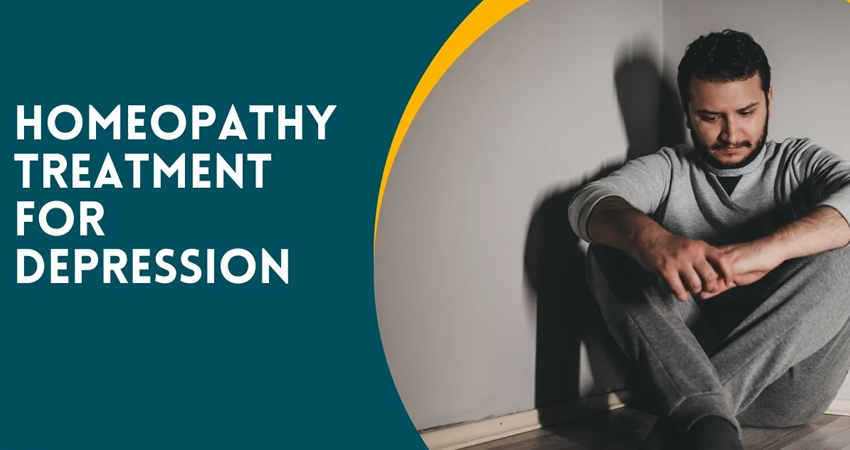 Jun 14, 2024
Jun 14, 2024
Depression and Homeopathy treatment in delhi ncr
In today's fast-paced world, depression has become
 Jul 06, 2024
Jul 06, 2024
FAQs about Depression and Homeopathy
Depression is a complex mental health condition th
 Dec 21, 2023
Dec 21, 2023
Best doctor for Endometriosis treatment in Noida
Endometriosis is a major concern for many women th
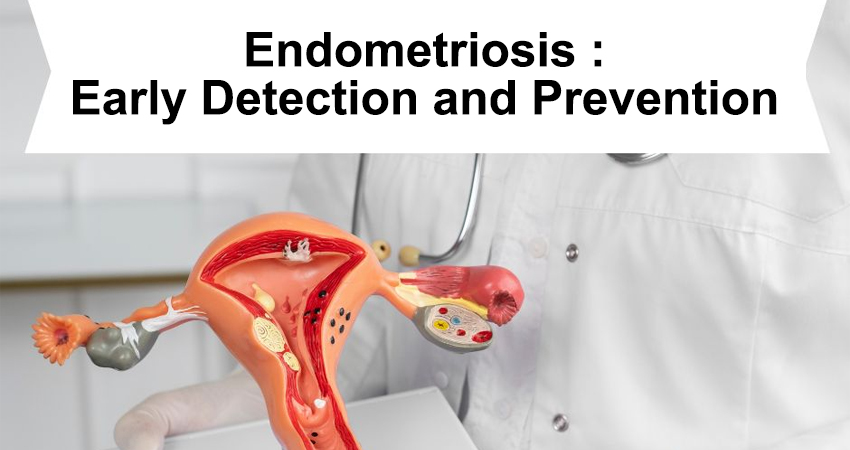 Nov 18, 2023
Nov 18, 2023
Endometriosis: Early Detection and Prevention
Endometriosis is a chronic condition that affects
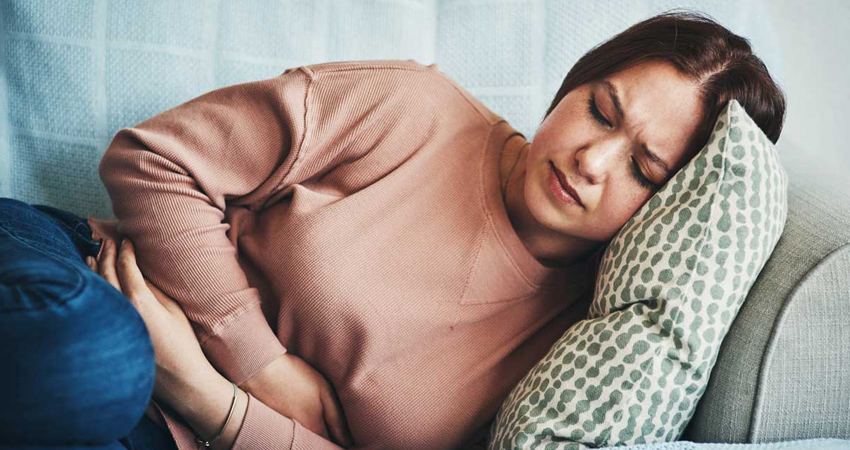 Nov 28, 2023
Nov 28, 2023
How Homeopathy Helped with a Severe Case of Endometriosis
Endometriosis is a common condition that affects m
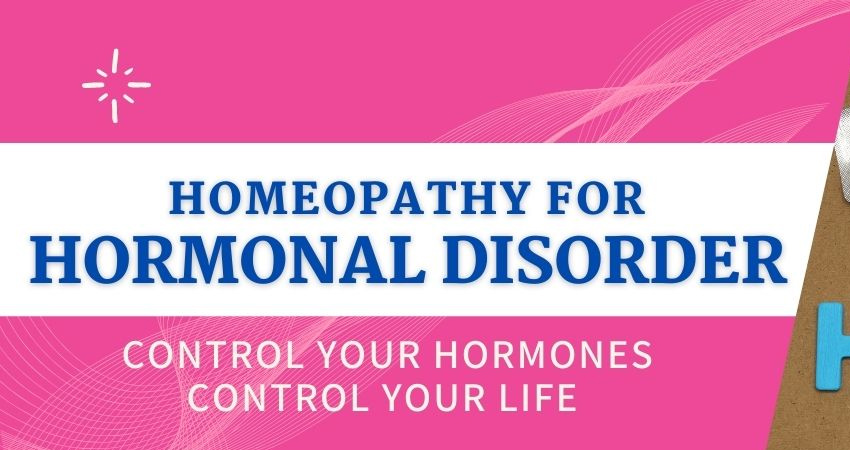 Dec 21, 2023
Dec 21, 2023
Is Homeopathy the Best Treatment for Endometriosis?
Homeopathy offers a holistic and individualized ap
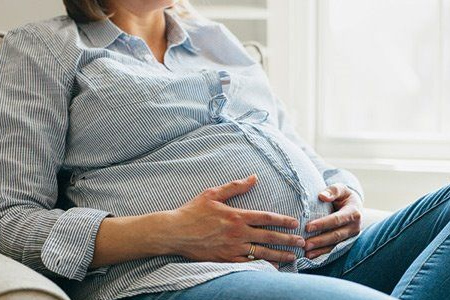 Dec 20, 2023
Dec 20, 2023
Getting Pregnant With Endometriosis: Is It Possible?
Embarking on the journey of parenthood with endome
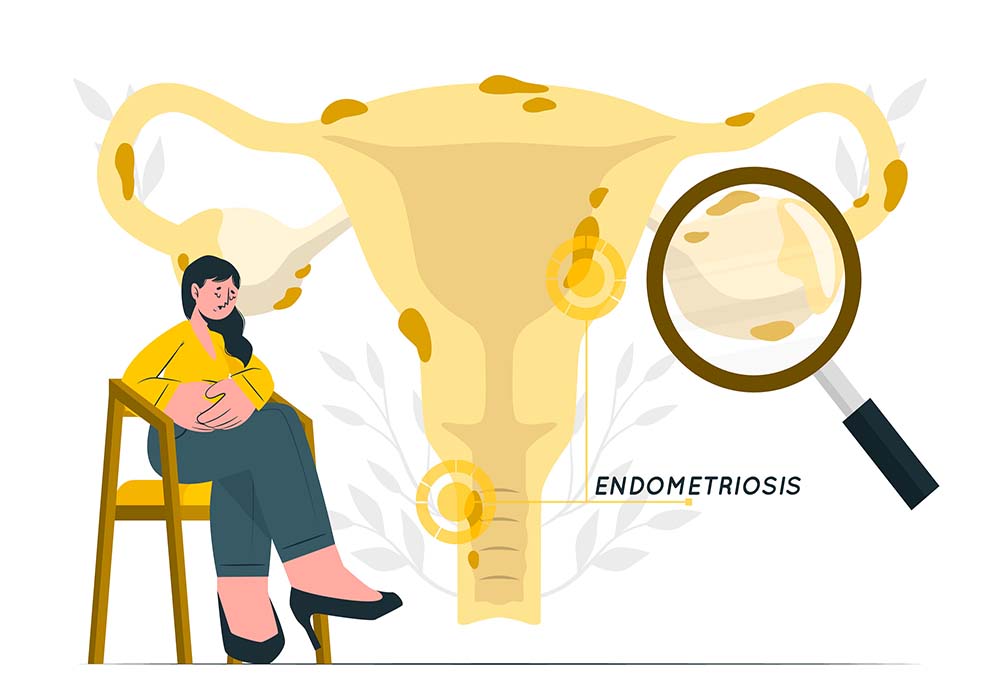 Dec 21, 2024
Dec 21, 2024
Homeopathic Treatment for Endometriosis: A Holistic Approach to Managing Pain and Discomfort
Endometriosis is a challenging condition affecting
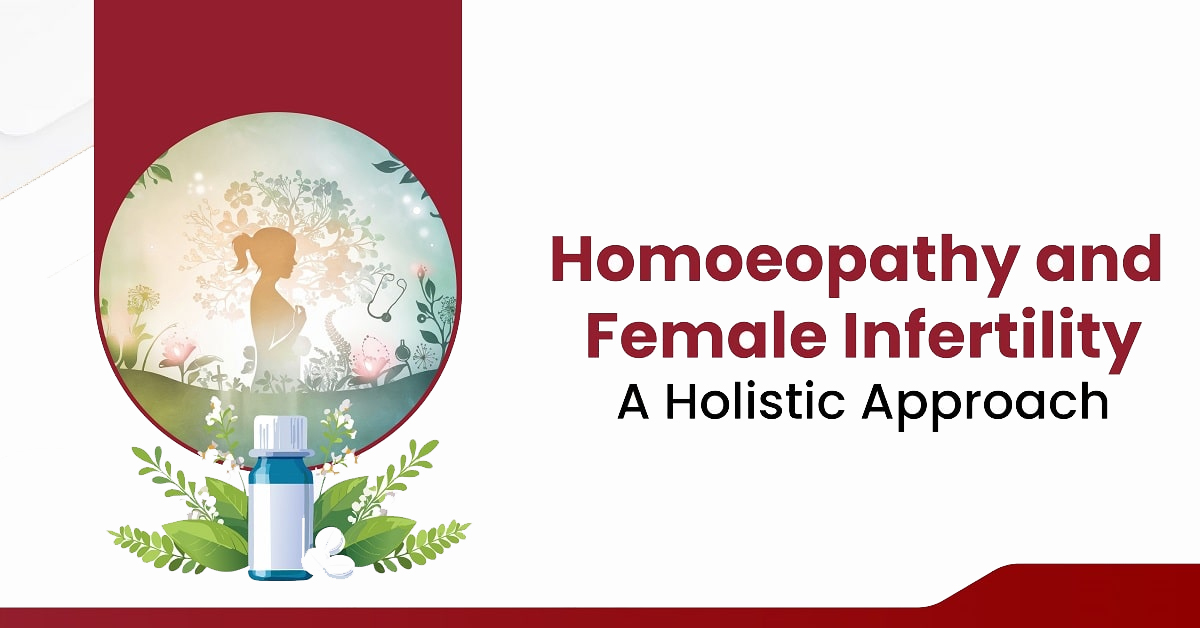 Jan 31, 2025
Jan 31, 2025
Homeopathy vs. Conventional Treatments for Endometriosis: A Comparative View
Endometriosis is a complex and often painful condi
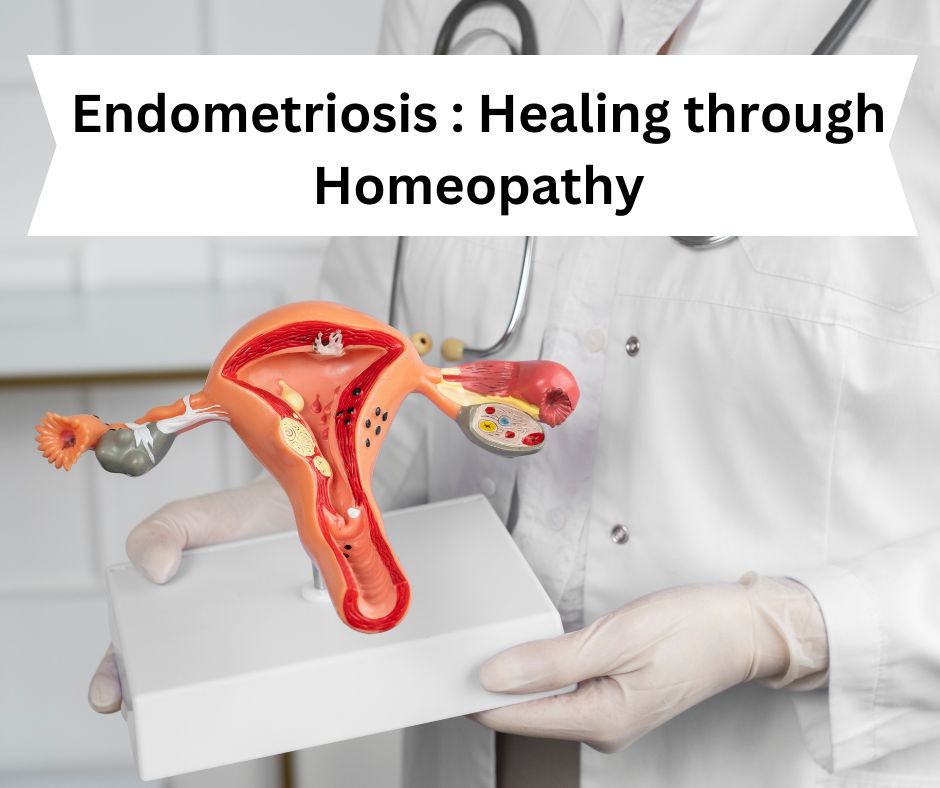 Mar 18, 2025
Mar 18, 2025
Homeopathic Treatment of Endometriosis in Delhi
Endometriosis is a painful and often misunderstood
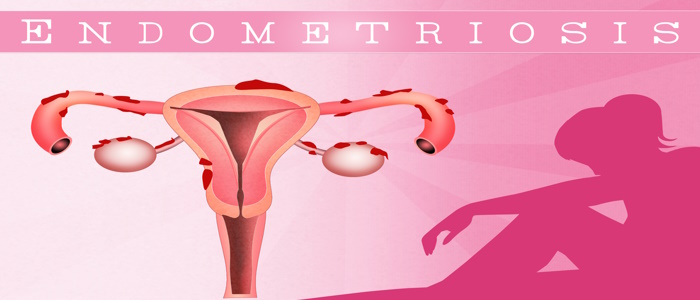 Mar 28, 2025
Mar 28, 2025
Holistic Healing: Combining Homeopathy, Diet & Lifestyle for Endometriosis Relief
Endometriosis is a chronic condition that affects
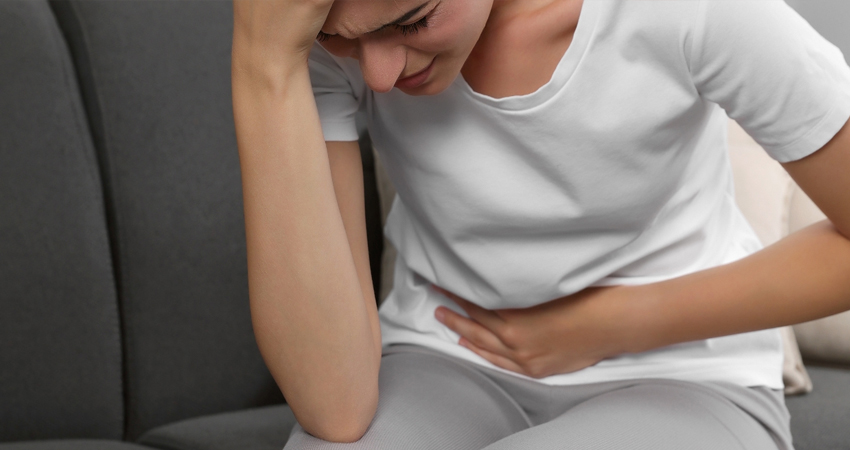 Jan 17, 2024
Jan 17, 2024
FAQs of UTI in the Realm of Homeopathy
Urinary Tract Infections (UTIs) can be a discomfor
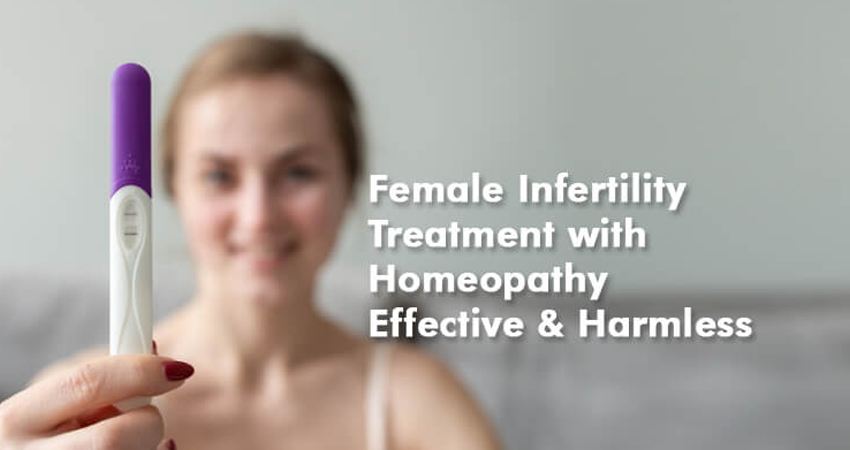 Jan 31, 2024
Jan 31, 2024
FAQs on Women's Infertility and Homeopathy
The journey of addressing women's infertility requ
 Jul 22, 2024
Jul 22, 2024
Leucorrhoea and Homeopathy: A Holistic Approach to Women's Health
Leucorrhoea, commonly known as white discharge, is
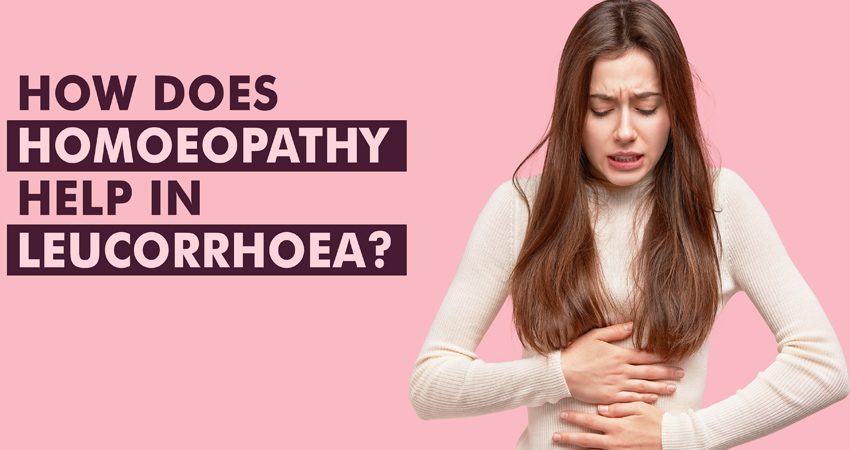 Jul 30, 2024
Jul 30, 2024
Frequently Asked Questions About Leucorrhoea and Homeopathy
Leucorrhoea, or white discharge, is a common gynec
 Aug 20, 2024
Aug 20, 2024
Infertility and Homeopathy: A Holistic Approach to Conception
In today's world, many couples face the challenge
 Aug 30, 2024
Aug 30, 2024
Effectiveness of Homoeopathic Treatment in Female Infertility
Infertility is a condition that affects millions o
 Sep 21, 2024
Sep 21, 2024
UTI and Homeopathy: A Natural Approach to Urinary Health
Urinary Tract Infections (UTIs) are a common and o
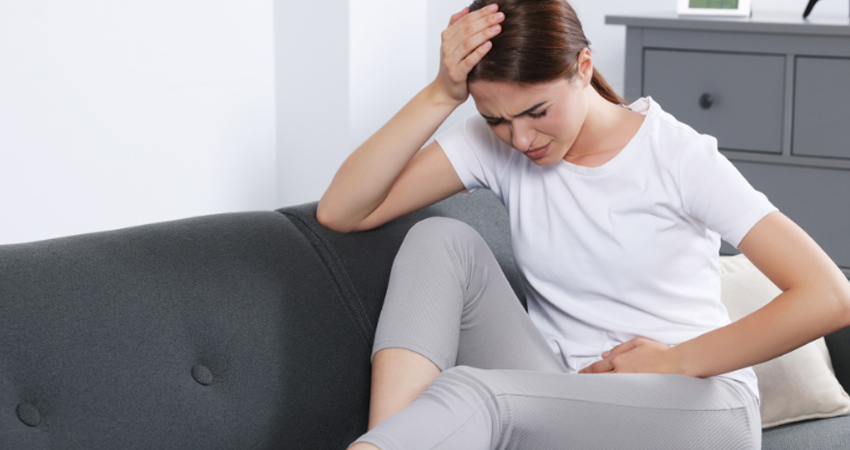 Oct 14, 2024
Oct 14, 2024
UTIs and Homeopathy: 10 Frequently Asked Questions
Urinary Tract Infections (UTIs) can be bothersome
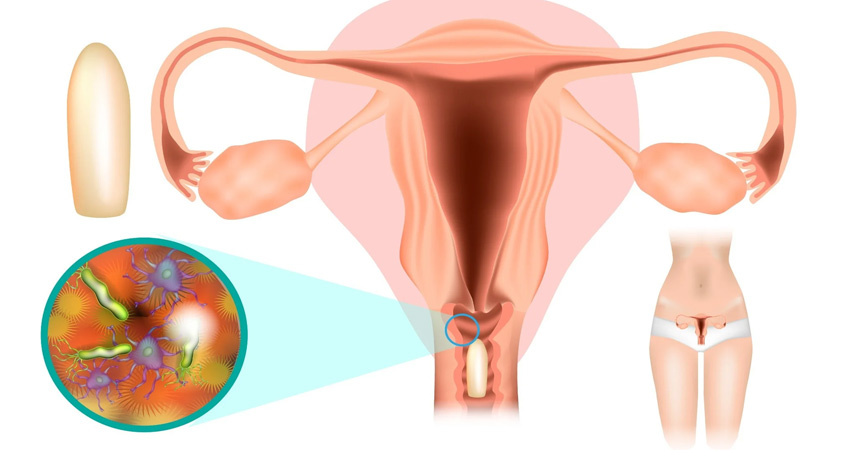 Oct 21, 2024
Oct 21, 2024
FAQs About Vaginitis and Homeopathy: A Holistic Approach
Vaginitis, a common health issue affecting women o
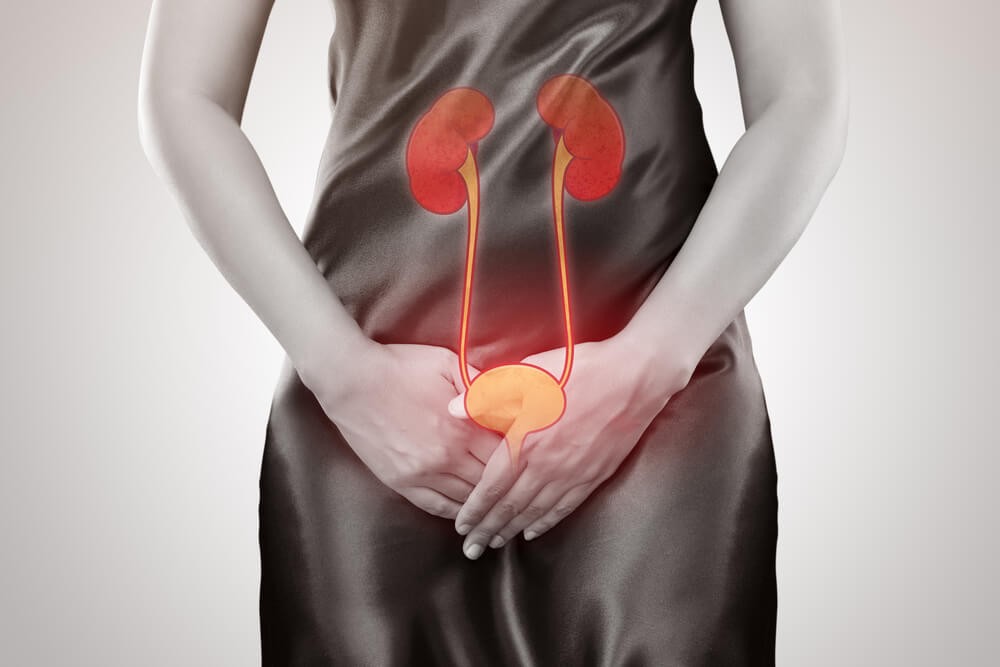 Nov 07, 2024
Nov 07, 2024
Can We Treat Urine Infections with Homeopathy?
Urinary tract infections (UTIs) are a common healt
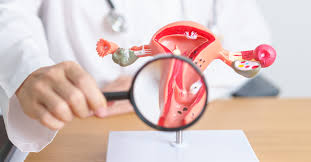 Dec 03, 2024
Dec 03, 2024
Uterine Fibroids and Homeopathy: A Natural Approach to Healing
Uterine fibroids, also known as leiomyomas, are no
 Dec 30, 2024
Dec 30, 2024
Cervicitis and Homeopathy: A Natural Approach to Healing
Cervicitis, an inflammation of the cervix, is a co
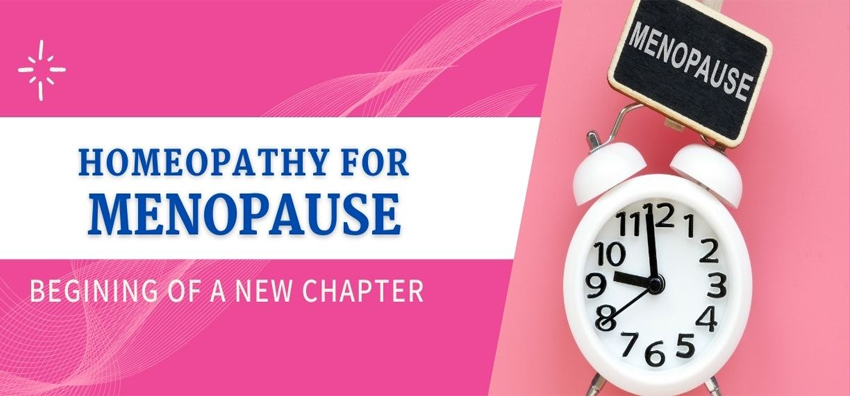 Feb 23, 2024
Feb 23, 2024
Menopause Treatment in Homeopathy: A Natural Approach without Side Effects
Menopause is a natural phase in a woman's life tha
 Mar 18, 2024
Mar 18, 2024
Understanding Cervicitis and Exploring Homeopathic Treatment
Cervicitis, inflammation of the cervix, is a commo
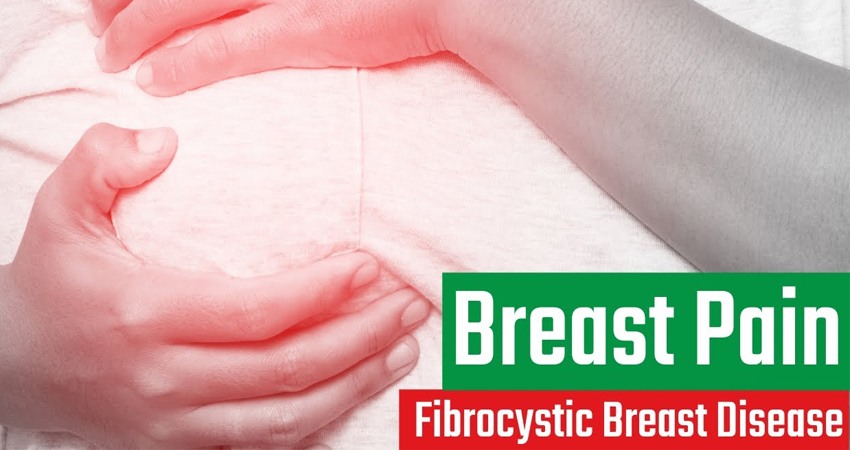 May 28, 2024
May 28, 2024
FAQs of FIBROCYSTIC BREASTS AND HOMEOPATHY
Fibrocystic breasts, also known as fibrocystic bre
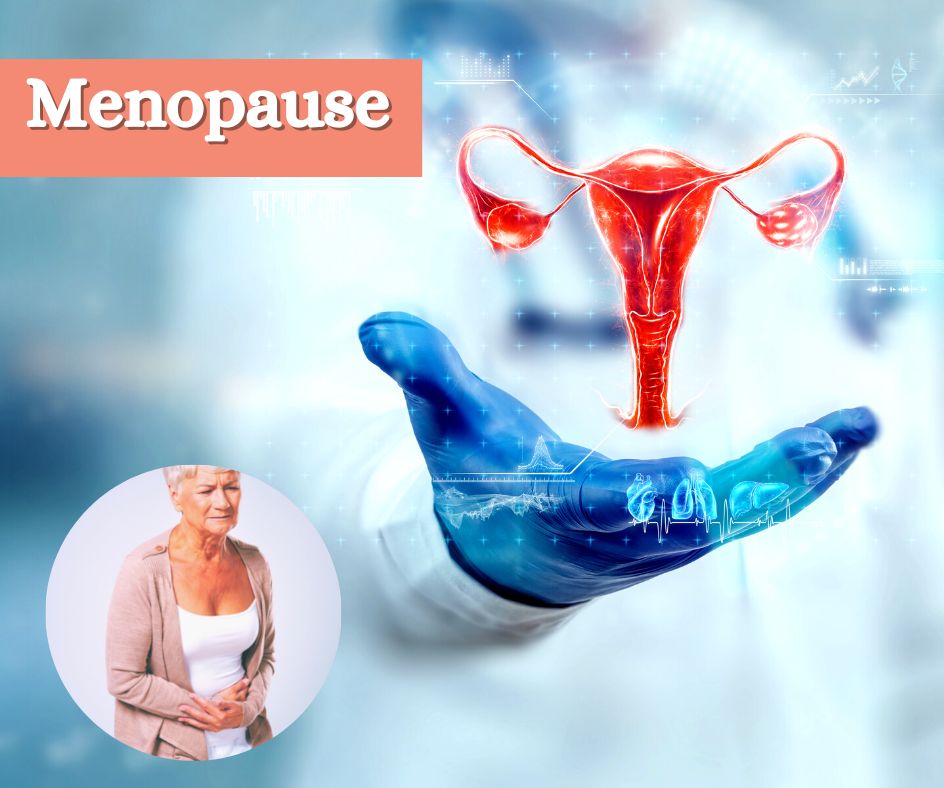 Nov 25, 2024
Nov 25, 2024
Menopause and Homeopathy: Natural Relief Through Holistic Care
Menopause is a significant life stage that brings
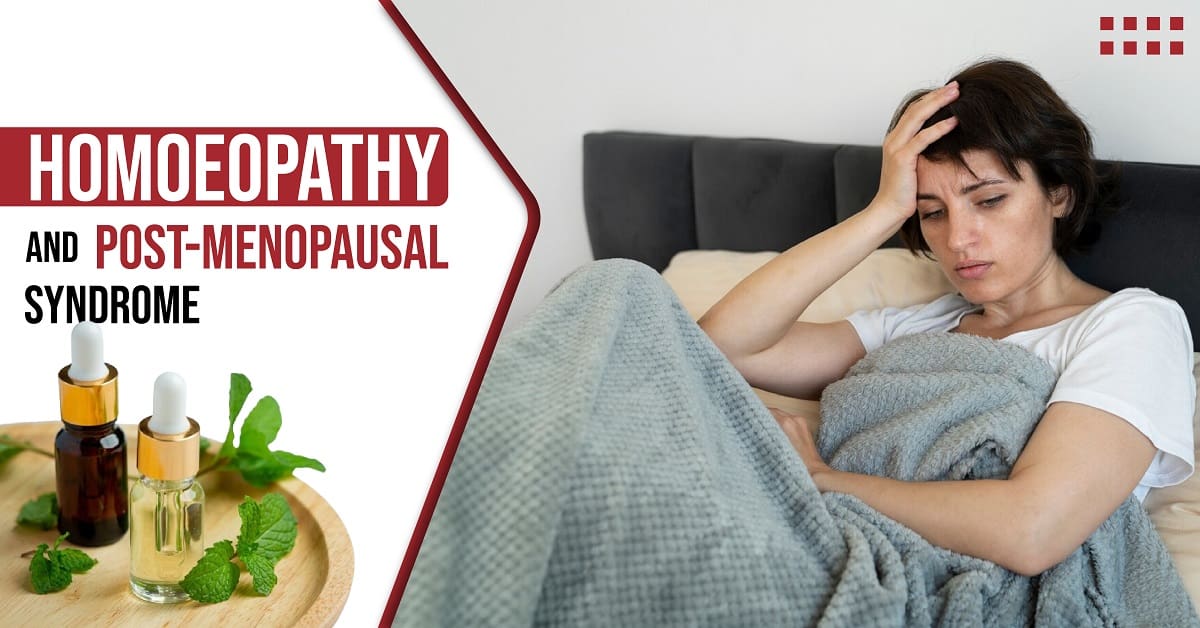 Feb 25, 2025
Feb 25, 2025
Why Homeopathy is a Safe and Effective Approach for Long-Term Menopause Care
Menopause is a natural phase of life, yet it bring
 Mar 05, 2025
Mar 05, 2025
How Homeopathy Helps with Digestive Issues and Bloating in Menopausal Women
Menopause is a natural transition in a woman&rsquo
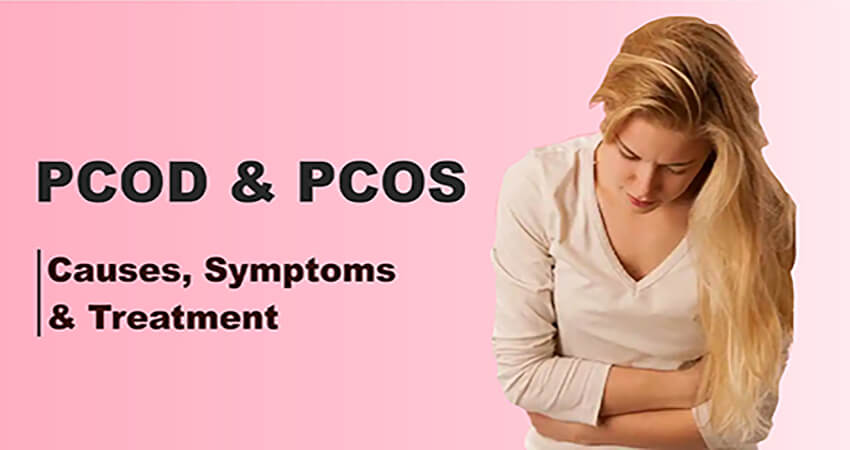 Nov 18, 2023
Nov 18, 2023
PCOD and PCOS: Causes, Symptoms and Treatment
Women's health is super important, and things like
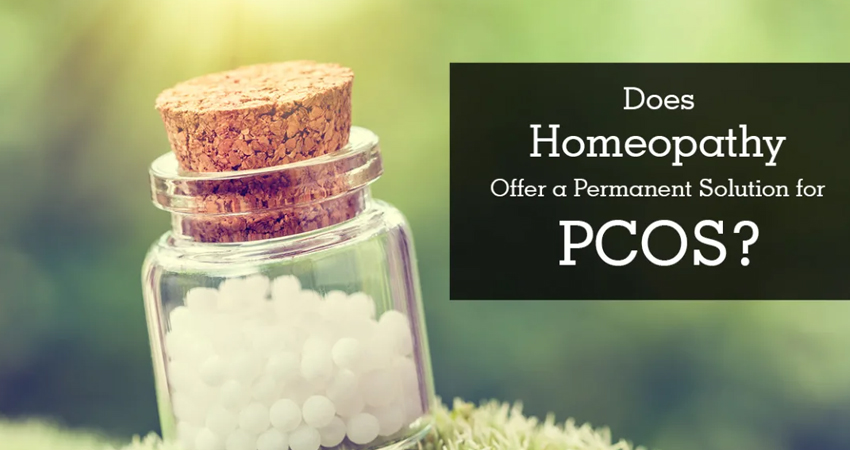 Nov 18, 2023
Nov 18, 2023
Important Facts to Know About Polycystic Ovary Syndrome (PCOS)
PCOS is one of the most common hormonal disorders
 Nov 29, 2023
Nov 29, 2023
Is PCOS treatment possible in homeopathy
Polycystic Ovary Syndrome (PCOS) is a common endoc
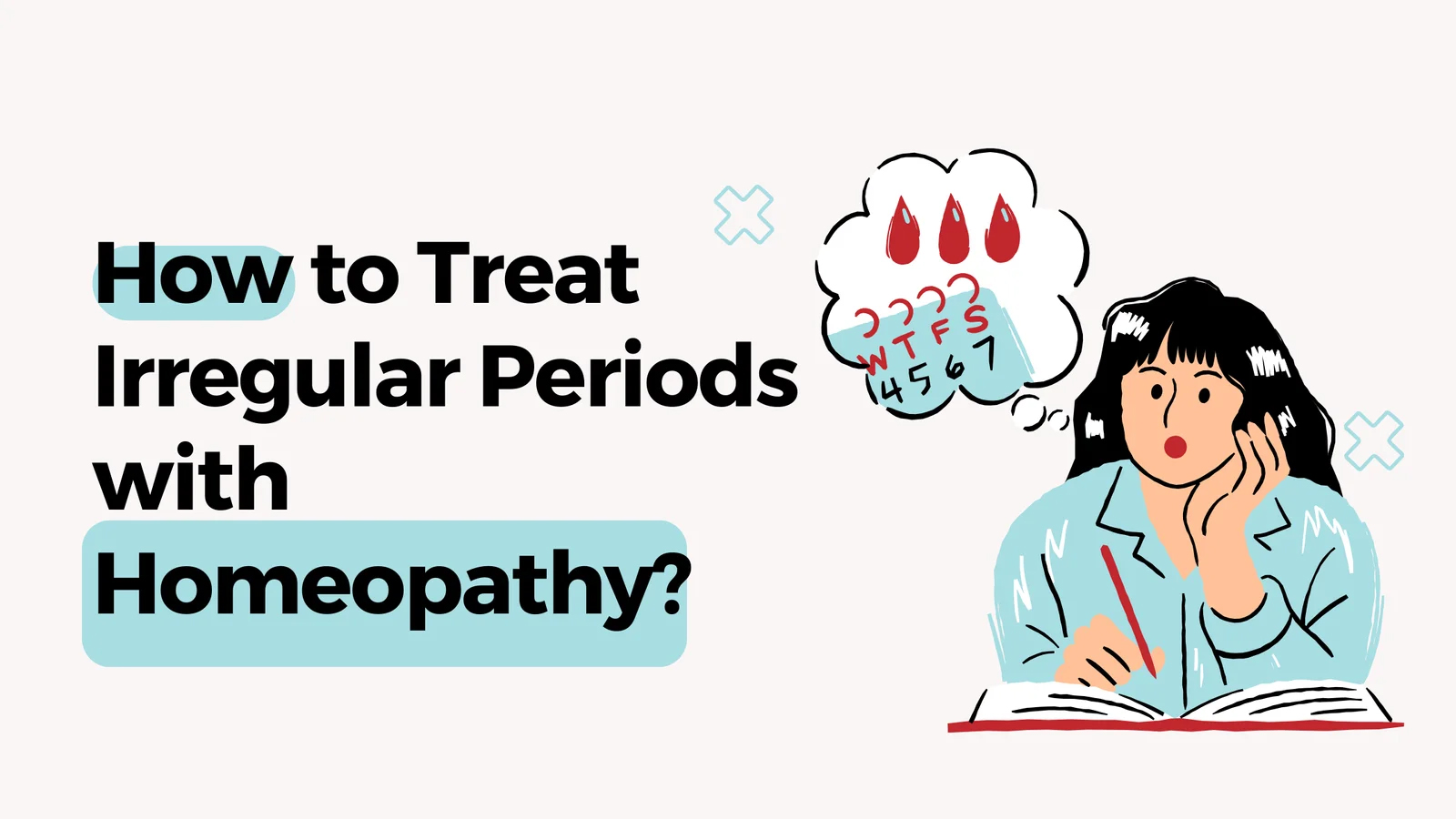 Jan 18, 2025
Jan 18, 2025
Managing Irregular Periods in PCOS with Homeopathy
Irregular periods are among the most prominent and




